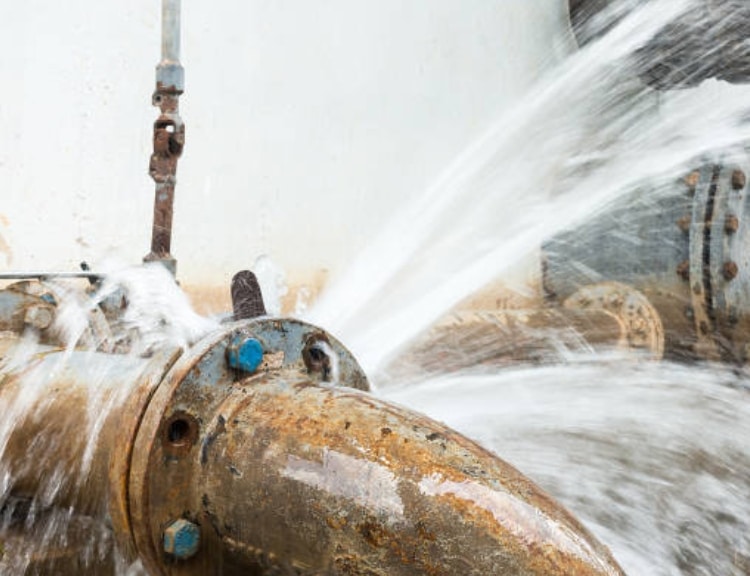With more than 1,000 Flint residences still needing lead service line replacements, an MLive story this week shows how the predictive algorithm of Eric Schwartz, Jake Abernethy, and Jared Webb is helping the city locate those homes.
One of the key points from this week’s article that has affected the city’s overall hit rate is that the city has excavated at homes that are not on the prioritized list of homes for replacement. The hit rate for the non-prioritized homes has been 3% percent in 2019, relative to a hit rate of 64% for homes on the prioritized list.
Overall, Flint has checked service lines at 24,304 residences and replaced 9,448 lead or galvanized steel service lines since the FAST Start pipe replacement program began in 2016. This year the city has replaced 1,413 lead or galvanized service lines and checked pipes at 3,863 homes.
…
The hit rate for finding the lead and galvanized lines went up tremendously after the city switched back to using the predictive model in spring 2019, Chaudhary said. The rate of finding lead or galvanized service pipes in Flint increased 15 to 64 percent while using a predictive model to plan replacements.
The city also dug at homes that weren’t predicted to have a high likelihood of lead or galvanized service lines based on the model. The hit rate for those homes was 3 percent this year.
Flint first used the model in 2016 and utilized it again in 2017. Workers dug at 8,833 homes in 2017 and out of those homes 6,228 had their hazardous pipes replaced — a 70 percent accuracy rate, according to researchers Jared Webb Jake Abernethy, and Eric Schwartz.
Flint stopped referring to the computer model for planning replacements in 2018 when AECOM, a Los Angeles-based engineering firm took over FAST Start, the city’s pipe replacement program. Of the 10,531 properties that were dug in 2018, Flint found and replaced about 1,567 lead or galvanized pipes–a 15 percent accuracy rate.





